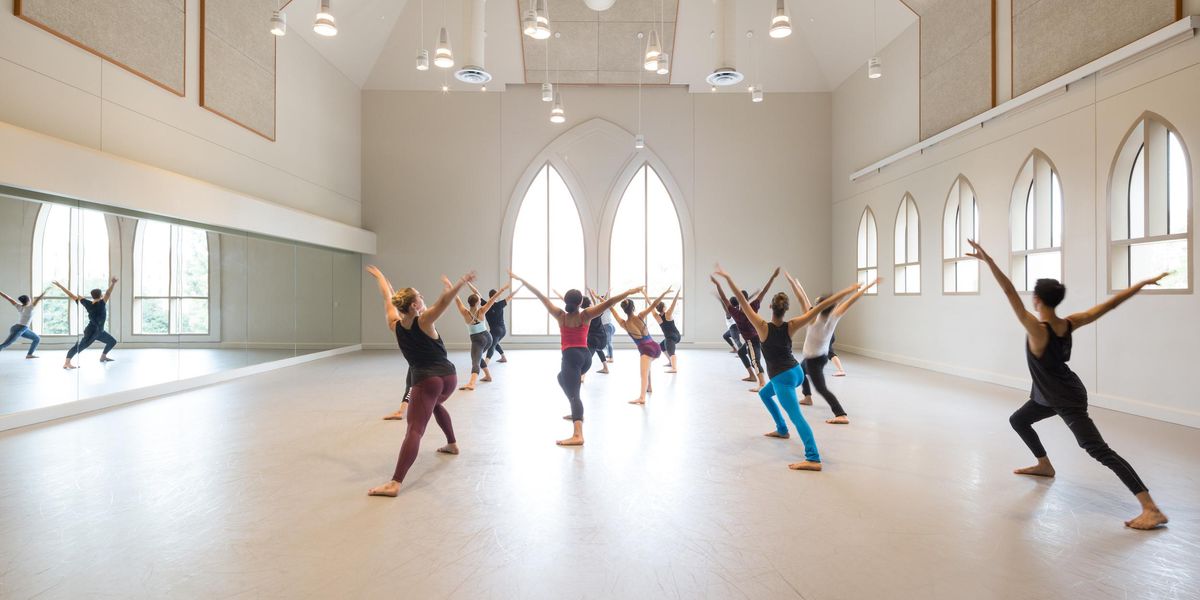Peek Inside Akram Khan's Creative Process
Not many grown men can say “Catch the butterfly” and still maintain their street cred. Yet Akram Khan effortlessly balances guru-like sincerity with gritty downtown coolness. “Catch the butterfly, turn it around, pop the chest,” he calls in his soft London accent, demonstrating with tightly coiled energy. A few dancers try to imitate him, but they lack his precise articulation. “Before my body attacks a movement, I always retract,” he suggests. “It creates more power.” They try again, this time nailing the dynamics.
Khan doesn’t typically give master classes. But during the New York stop of DESH, his solo show about his Bangladeshi heritage, he spent an afternoon with Cedar Lake Contemporary Ballet. “I wanted to be in touch with dancers again,” he explains. “I have my own company, but I hardly see them. It’s nice to have energy, to exchange movements with people other than myself.” The choreographer—known for mixing his kathak and contemporary backgrounds to create grand, poetic pieces—has been on tour since 2011 (though the stops have become less frequent since the birth of his daughter 10 months ago).
Seated on chairs, the Cedar Lake dancers stomp out flamenco rhythms that Khan has adapted for an upcoming duet with flamenco icon Israel Galván. “Da kee da da dee da dee,” Khan counts, trying to help them tackle the intricate patterns that sound like tongue twisters for the feet. “Sometimes even musicians can’t figure out what we’re doing,” he says with a grin. “I love when that happens.”
The dancers are by turn grimacing and laughing, and begging Khan to let them do it one more time. Even though this group includes some of the country’s top contemporary dance talent, none make it all the way through without mistakes, and the challenge is tantalizing. Before moving on to a phrase from DESH, a handful spend their 10-minute break obsessively repeating the sequence.
The DESH material isn’t any easier: It’s counted in a 10, split up by threes. In the show, this phrase comes just after Khan visits his father’s grave. (“He was a bit upset at first when I told him he was going to be dead in DESH—until he realized the show was all about him.”)
Almost every step Khan gives comes with a piece of imagery: “Your arm moves with the weight of a roller coaster—emphasize the down and then once it’s taken off, it’s soft.” For him, the point of dancing is to say something, and no phrase exists without meaning. “I’m always looking for stories,” he says. “For me, nothing is abstract. To ask a human being to have no emotion is an emotion in itself. Even if it’s just lines, you’re telling a story.”





